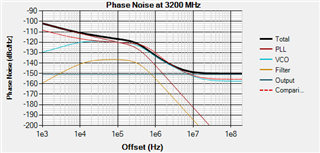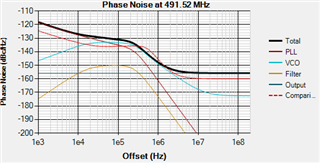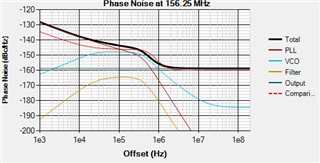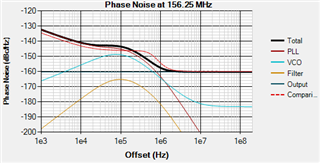Other Parts Discussed in Thread: , LMK04832, LMX2582, LMK00304
Hi,
Currently using the LMX2572 synthesizer for clocking some TI ADCs. Is there another IC I could use that would get me to 4 outputs instead of two? Ideally it would keep the same jitter specs as the LMX2572 has (or perhaps be a little better). If not, what TI buffer chip (low jitter) would be a good choice to generate more clock outputs?
thanks






